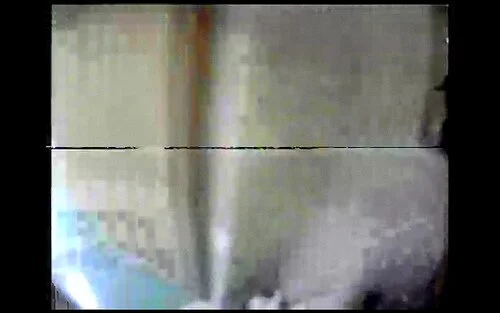Implementation and Transition
November of 2013 was a occupied time for Federal regulators as they accredited ultimate rules combining some of the RESPA rules with other rules nonetheless needed under The TILA. Congress’s intent getting to generate an entirely new set of disclosures that, when in place, will provide consumers with information (the two new & outdated) formatted in such a way that gives the utmost in clarity and customer knowing. The new integrated disclosures will fall into two categories (e.g. “Loan Estimate” and “Closing Disclosure”).
The “Who, What, When, The place & Why”
The new integrated disclosures will need to have to be presented by creditors or mortgage loan brokers that receive an application [Emphasis Additional] from a customer for a closed-finish credit transaction secured by real home on or soon after August 1st, 2015. Creditors are prohibited from employing the new disclosures for applications that are received prior to that August 1st date and will instead need to have to comply with the existing disclosure demands below Regulations X and Z, and use the current types (e.g. Truth-In-Lending disclosures, GFE, Settlement Statements, etc.).
The Federal regulators have developed in a “transition period” or overlap of time, throughout which both sets of disclosures will need to have to be accessible and creditors will need to use the kinds/disclosures that are proper to the particular transaction at hand. As applications received prior to August 1st, 2015 are consummated, withdrawn, or cancelled, use of the present GFE, Settlement Statements, and Truth-In-Lending forms will, for the most portion, no longer apply. Closed-finish reverse mortgages will even now be subject to the existing disclosure demands under Rules X and Z. As this specific “overlap” of disclosures can be especially difficult, you really need to have to contact our Client Solutions Department for complete information ([email protected] – 800.537.9598).
Even though August 1st may possibly seem to be like a long way off, from a practical standpoint it isn’t and for that reason the construction of the new varieties at Oak Tree is properly underneath way to be specific of their availability in time for the new deadline. Offered the dimension of the new documents and the scope of the transaction-distinct data that need to be mapped or otherwise programmed by your data processor, when you get your proofs you will want to approve and return them as quickly as possible.
ELECTRONIC FUND TRANSFER AGREEMENT (REGULATION E)
The Electronic Fund Transfer Act is a client protection statute that, among other issues, limits a consumer’s likely liability for unauthorized transactions manufactured with an authorized account accessibility device. The actual sum of the liability is for the most portion, established by way of the use of a tiered technique that is driven by the time inside of which a customer notifies the financial institution.
For example, when a client notifies a fiscal institution inside of two (two) organization days after his studying of the loss or theft of the access gadget, the regulation supplies that the consumer’s liability will be limited to the lesser of $ 50.00 or the sum of the unauthorized transfers that take place just before notice. In the event that the customer fails to notify the fiscal institution inside of two (two) business days after learning of the loss or theft of the entry gadget, the consumer’s liability will boost to the lesser of $ 500.00, or: (i) $ 50.00 or the amount of unauthorized transfers that occur inside the two (2) business days, whichever is much less plus (ii) The volume of unauthorized transfers that happen after the shut of two (2) business days and ahead of recognize to the institution, supplied the institution establishes that these transfers would not have occurred had the buyer notified the institution inside of that two-day time period. The client may be liable for added amounts, based on the particular set of situations. Because this regulation only establishes a consumer’s greatest liability, institutions are permitted to reduce these limits. This kind of is the situation with the Zero Liability Rules that have been issued by both Visa and MasterCard.
With respect to MasterCard, their revised zero liability rule now requires that the consumer use sensible care in safeguarding the Card from reduction or theft and on becoming aware of this kind of loss or theft, promptly report that reduction or theft to the Credit score Union. There is far more detail to be had here (“the fine print”) and we’re constantly offered to pass it along to you. Just electronic mail us at [email protected] or give us a contact at 800.537.9598.
http://www.oaktreebiz.com/website/item/318-new-integrated-respa-tila-disclosures
Image 78
By Image Daniel in the Lion’s Den on 2008-twelve-06 14:07:54


